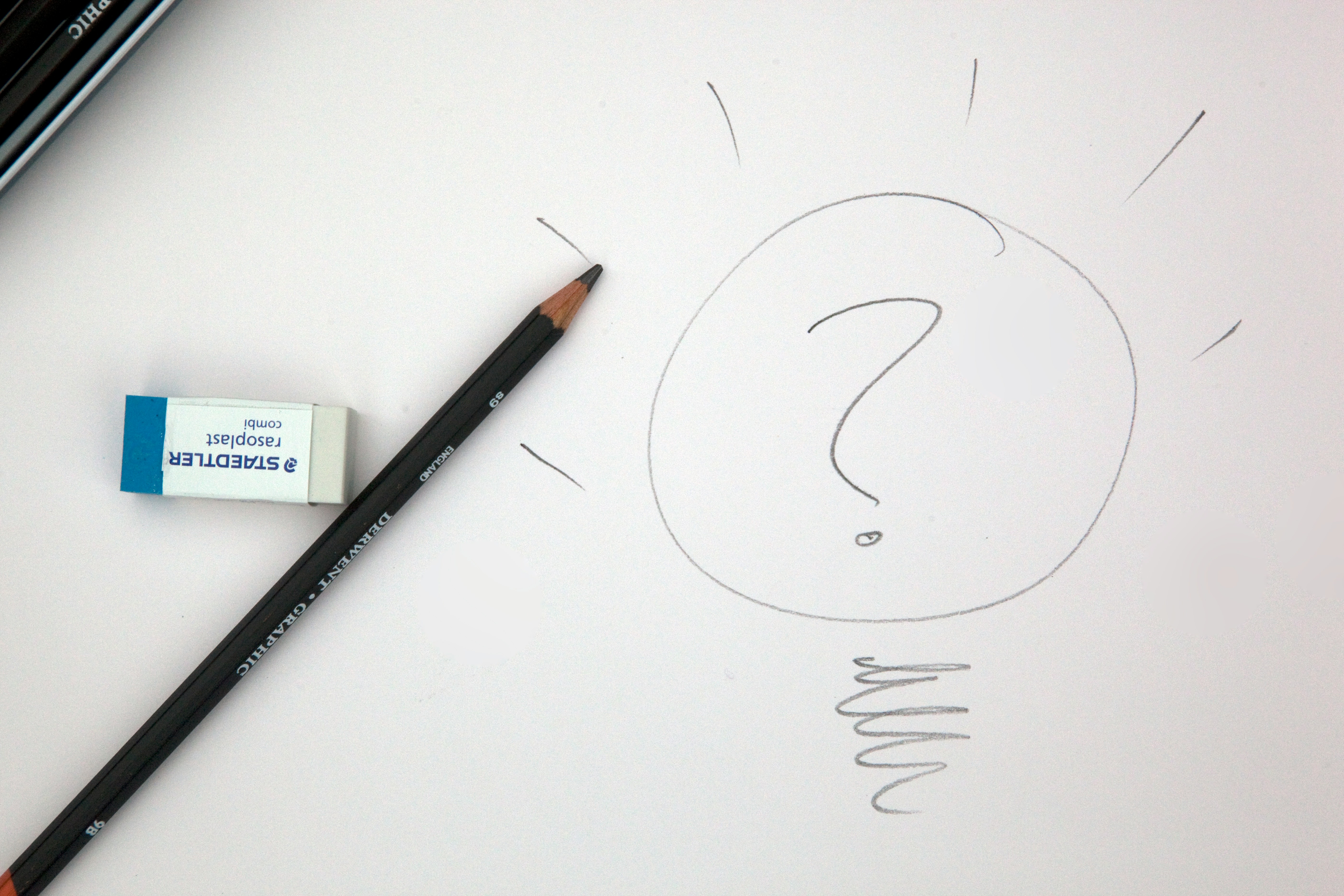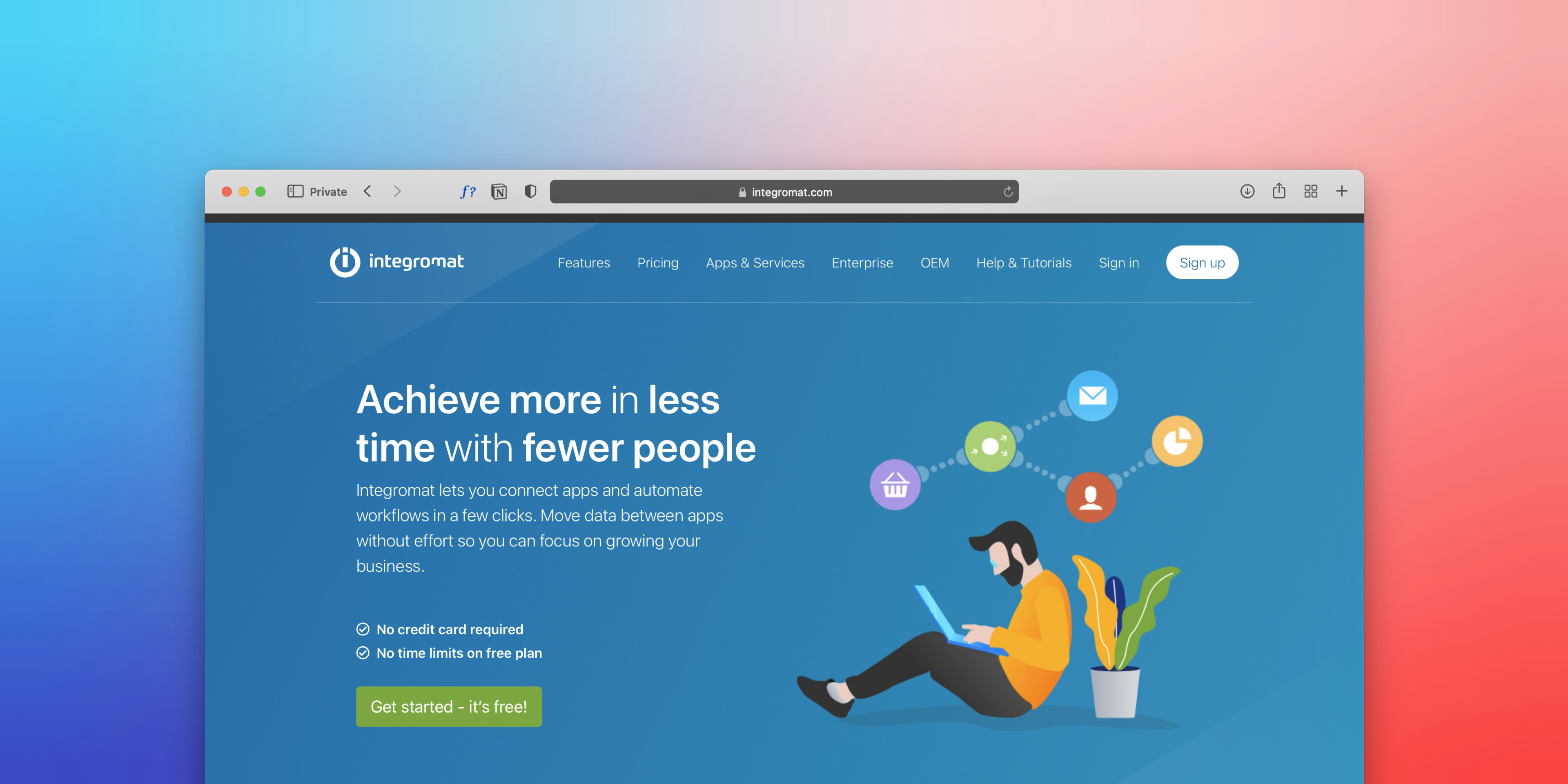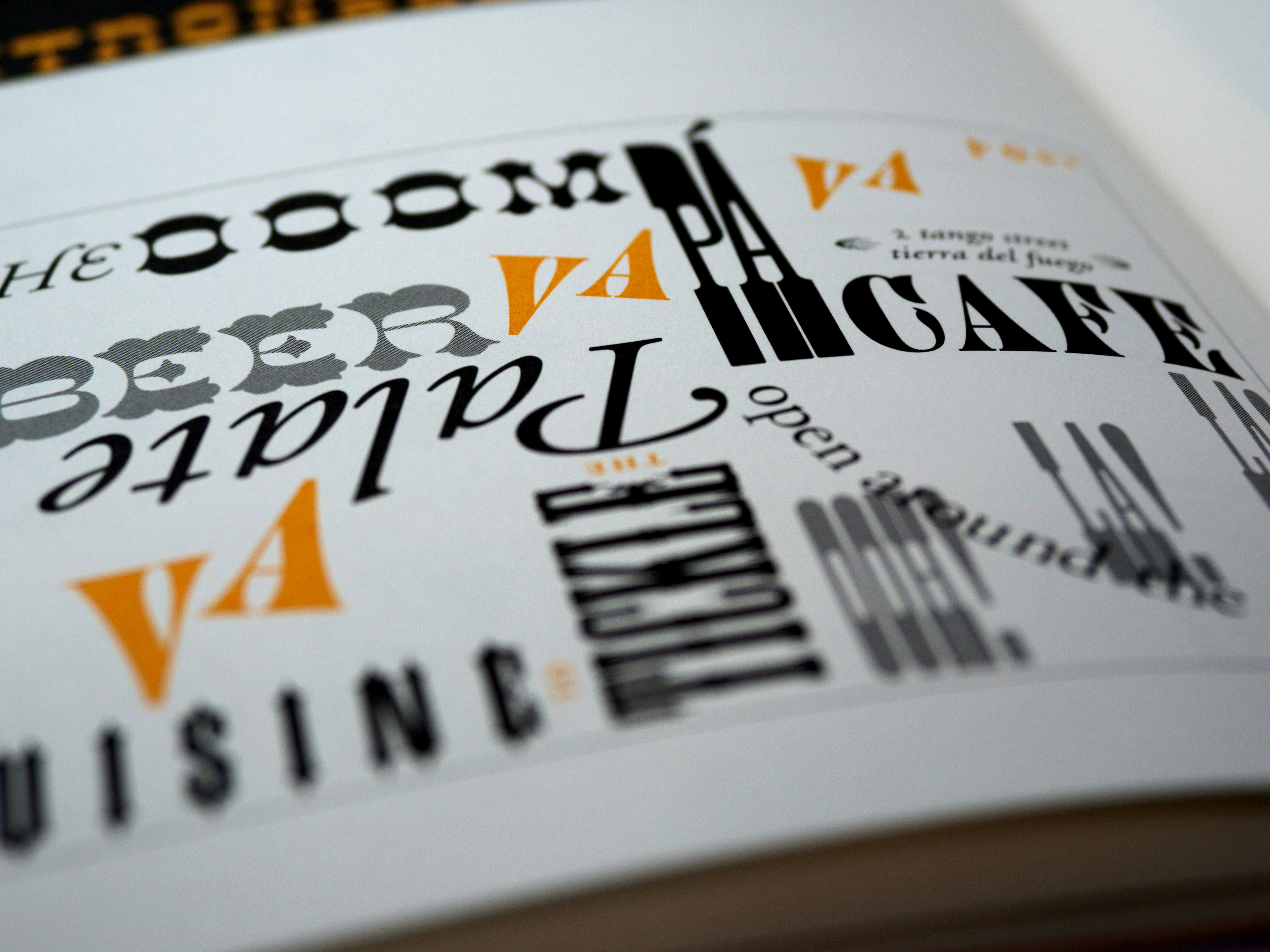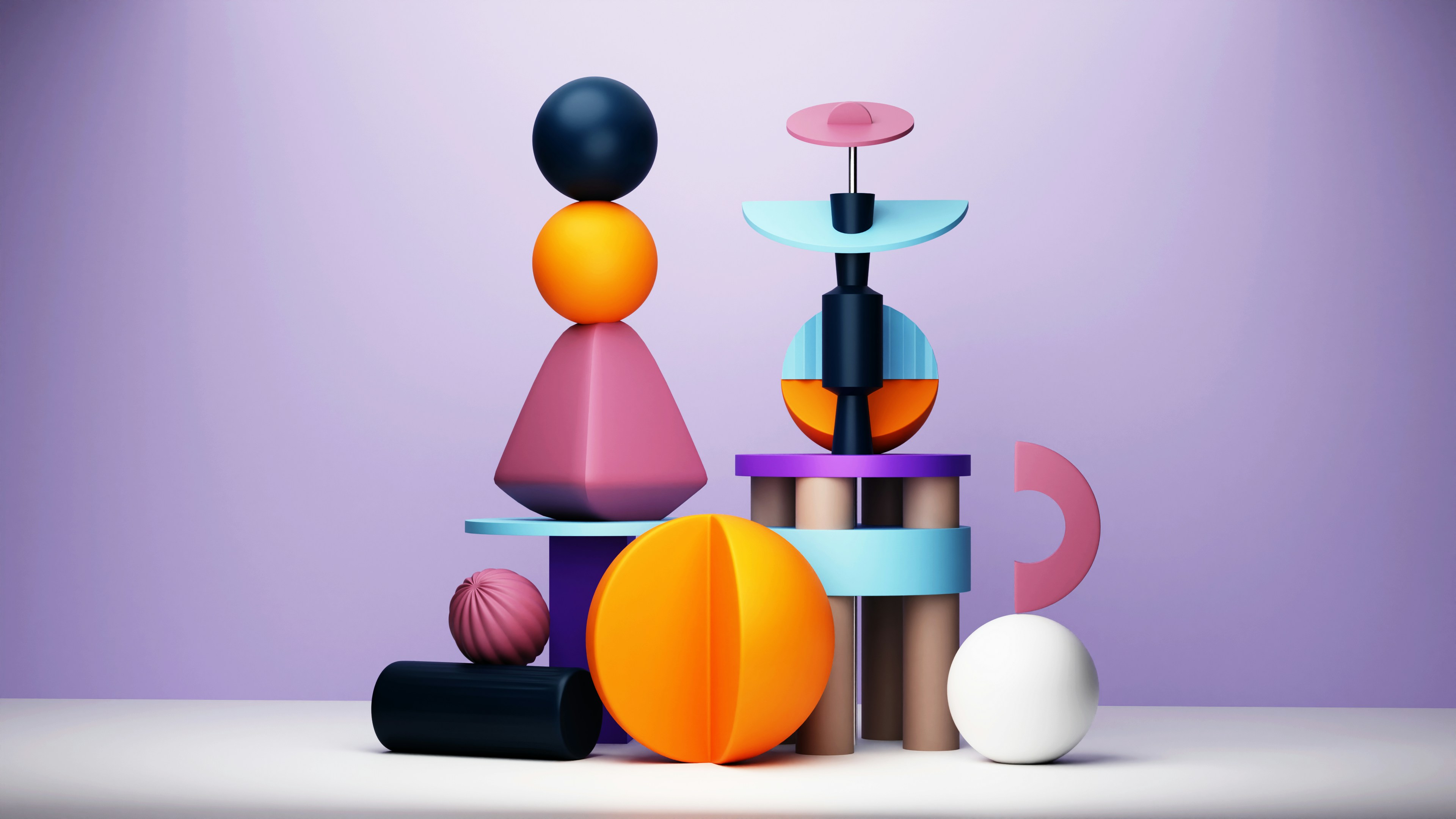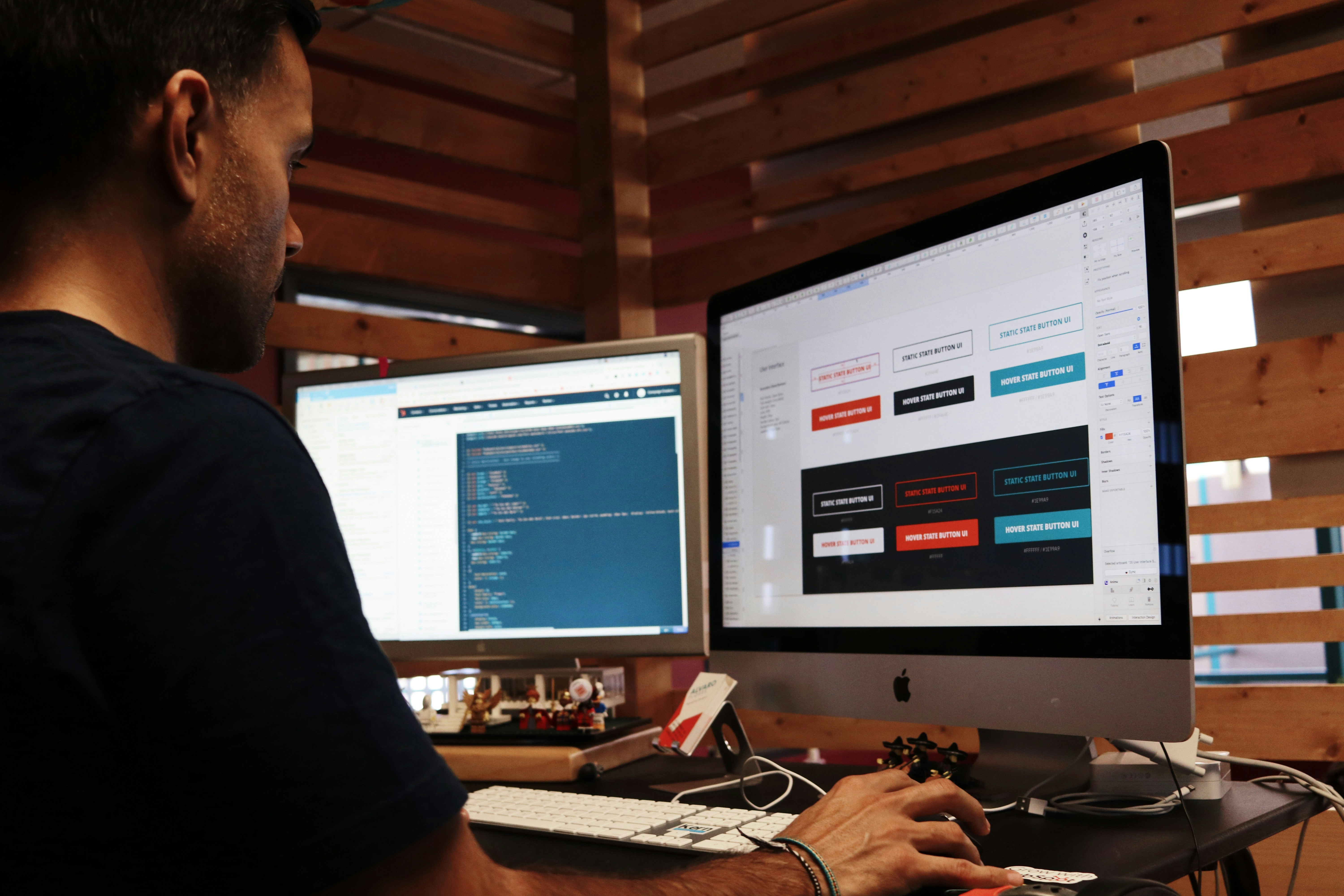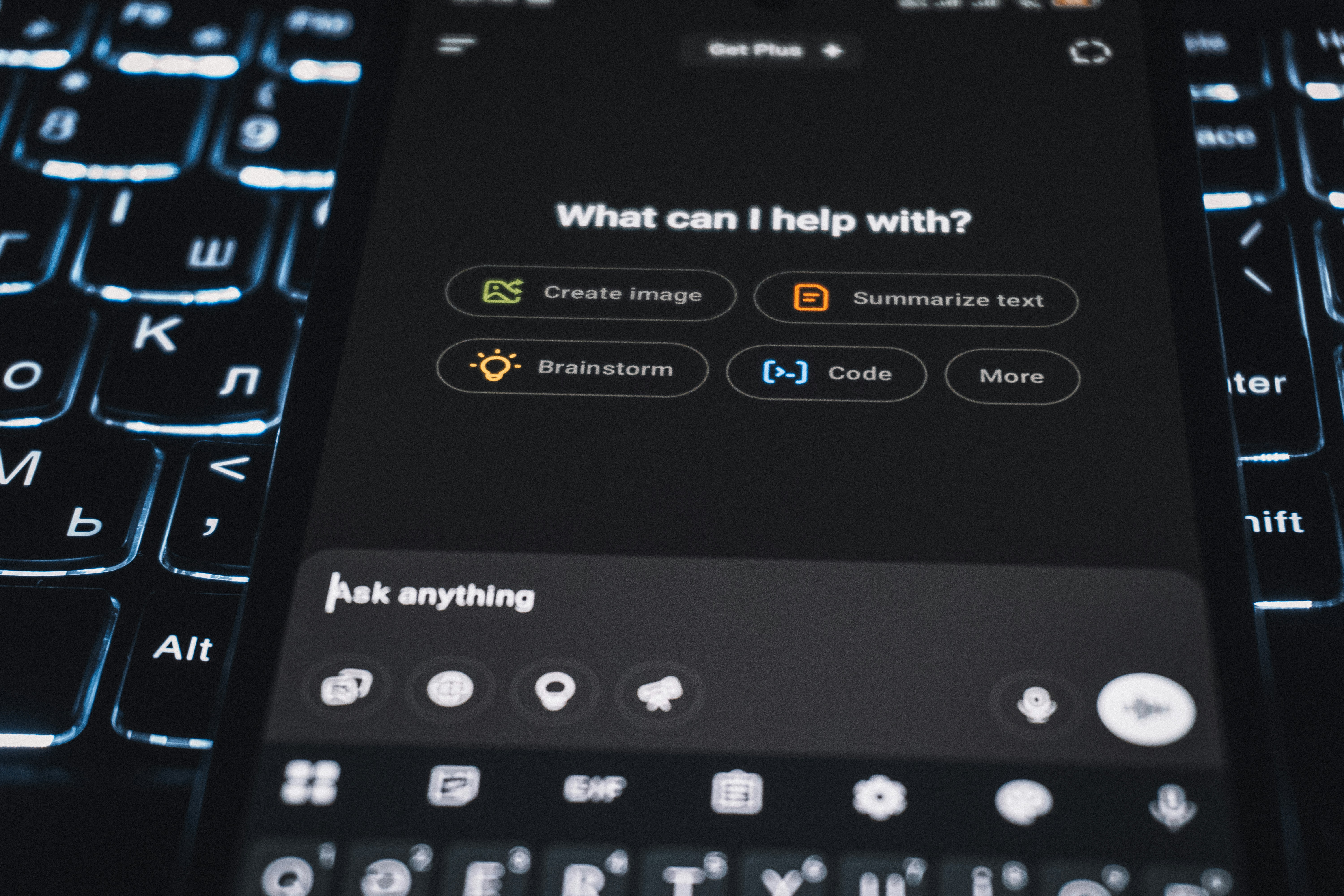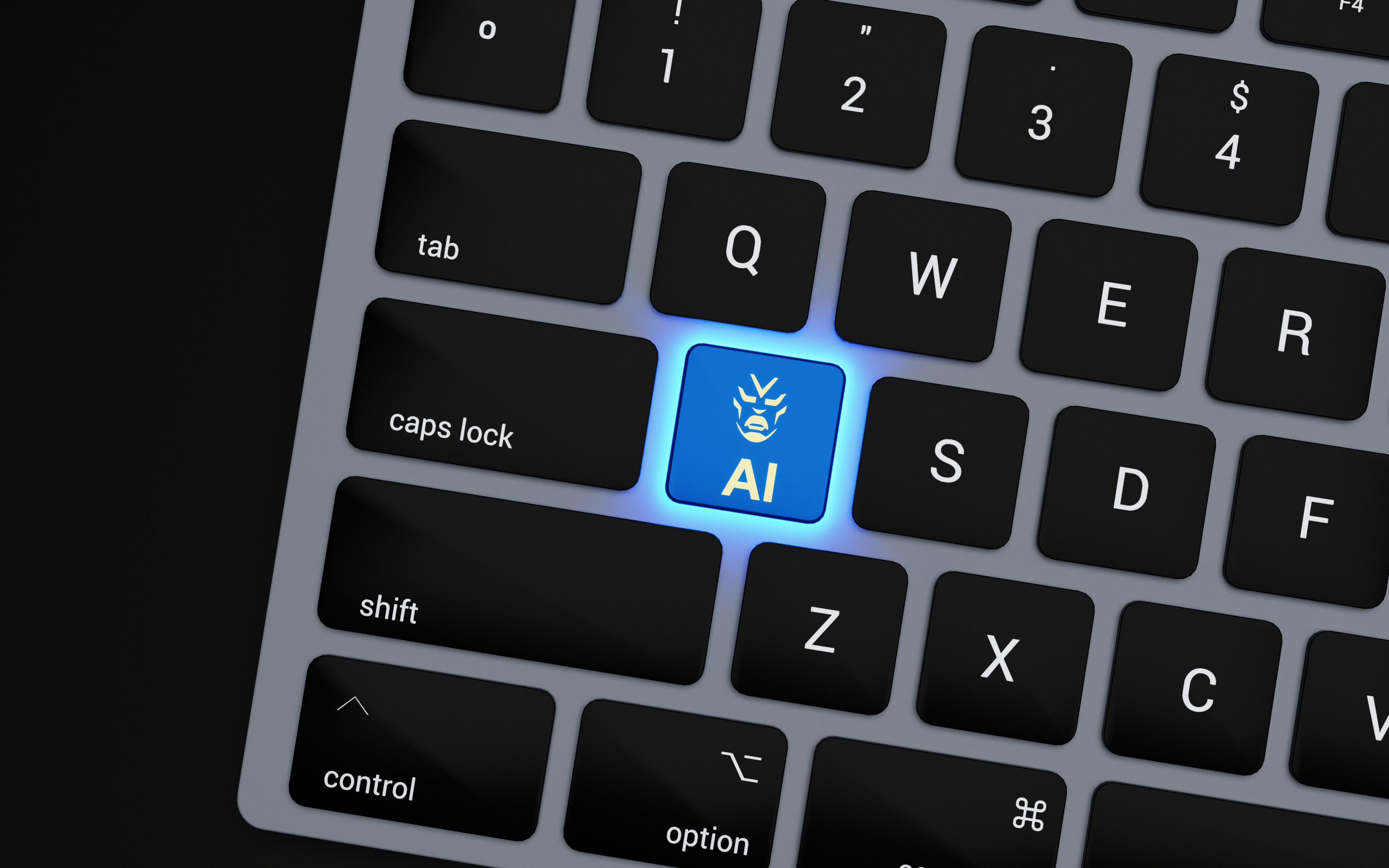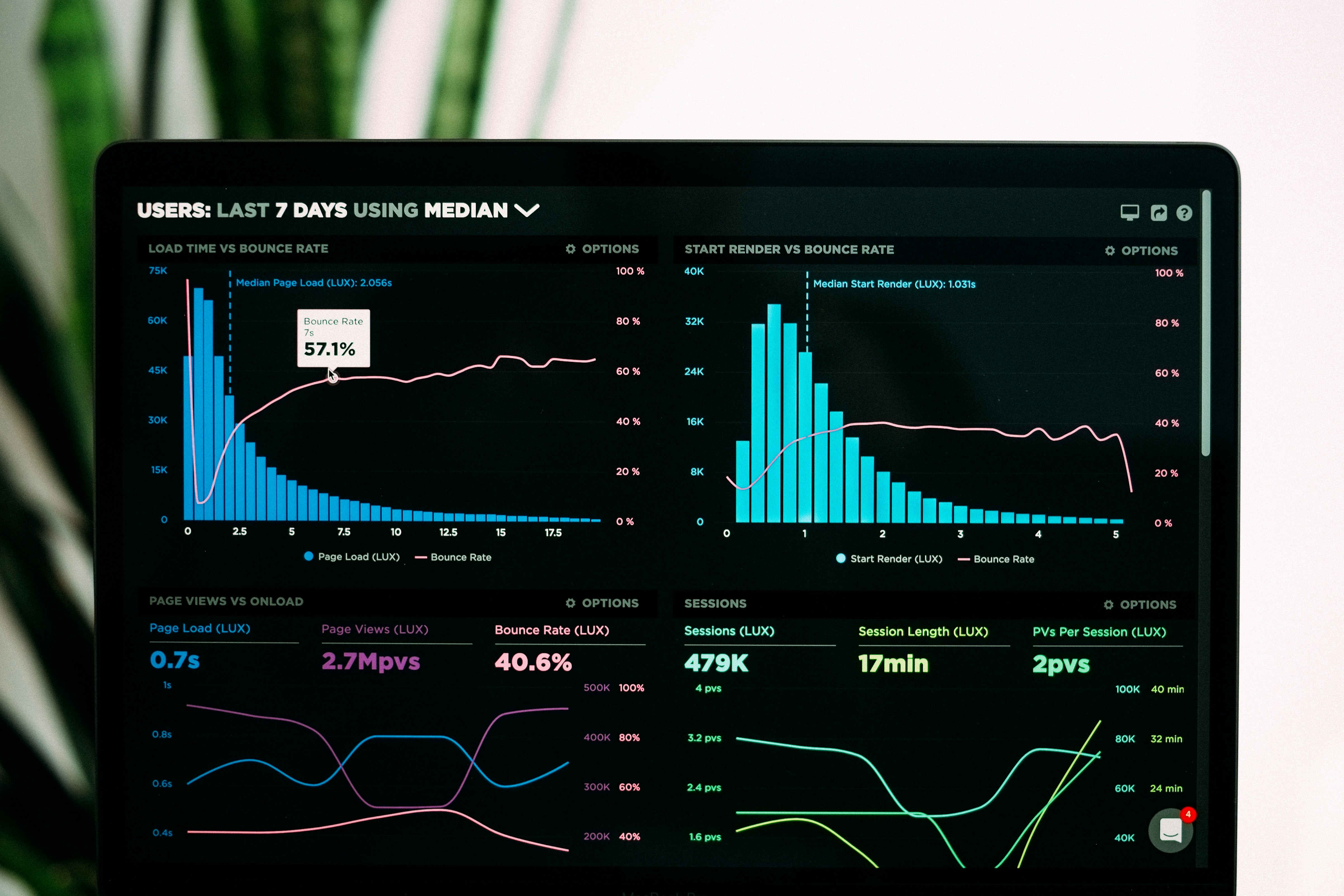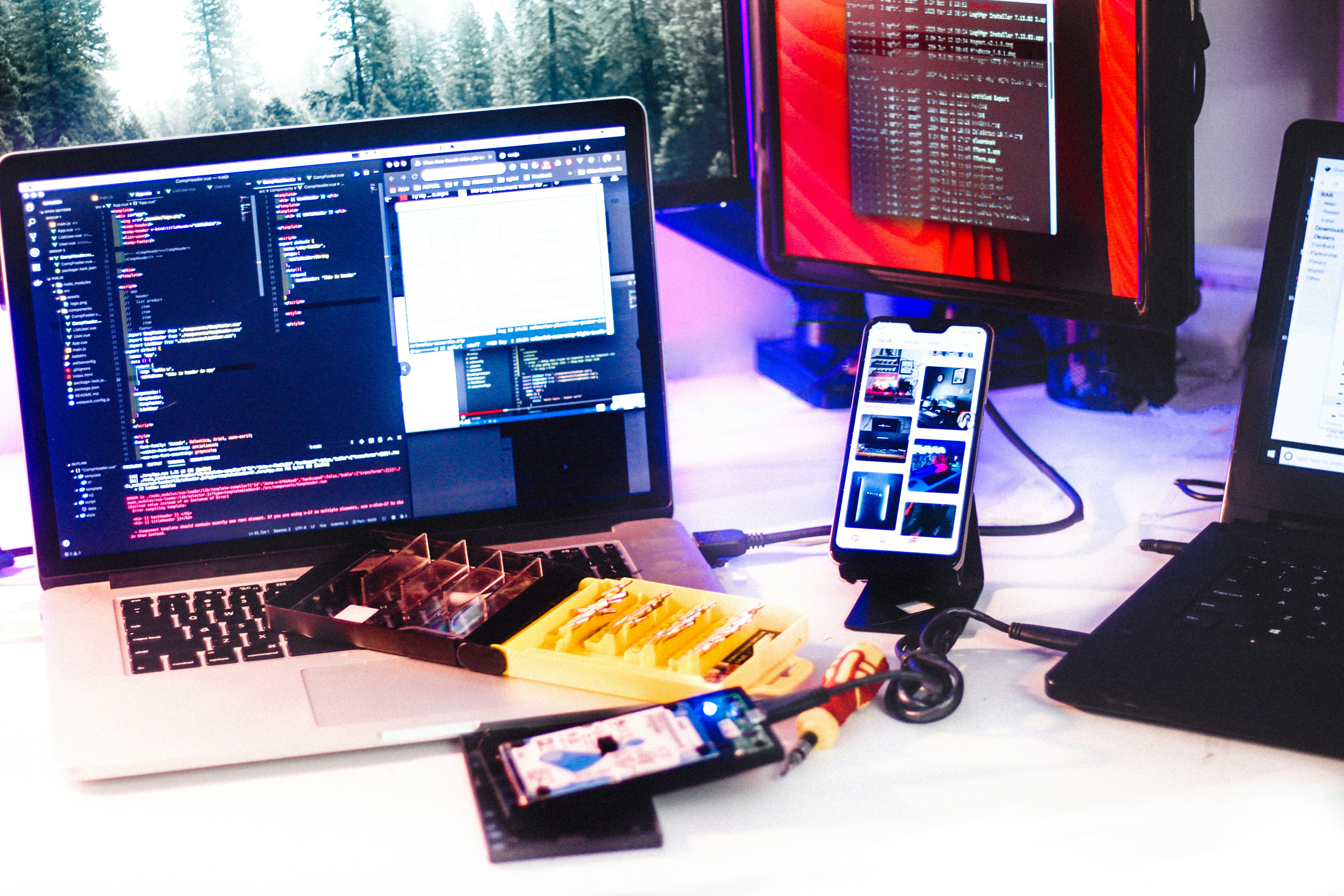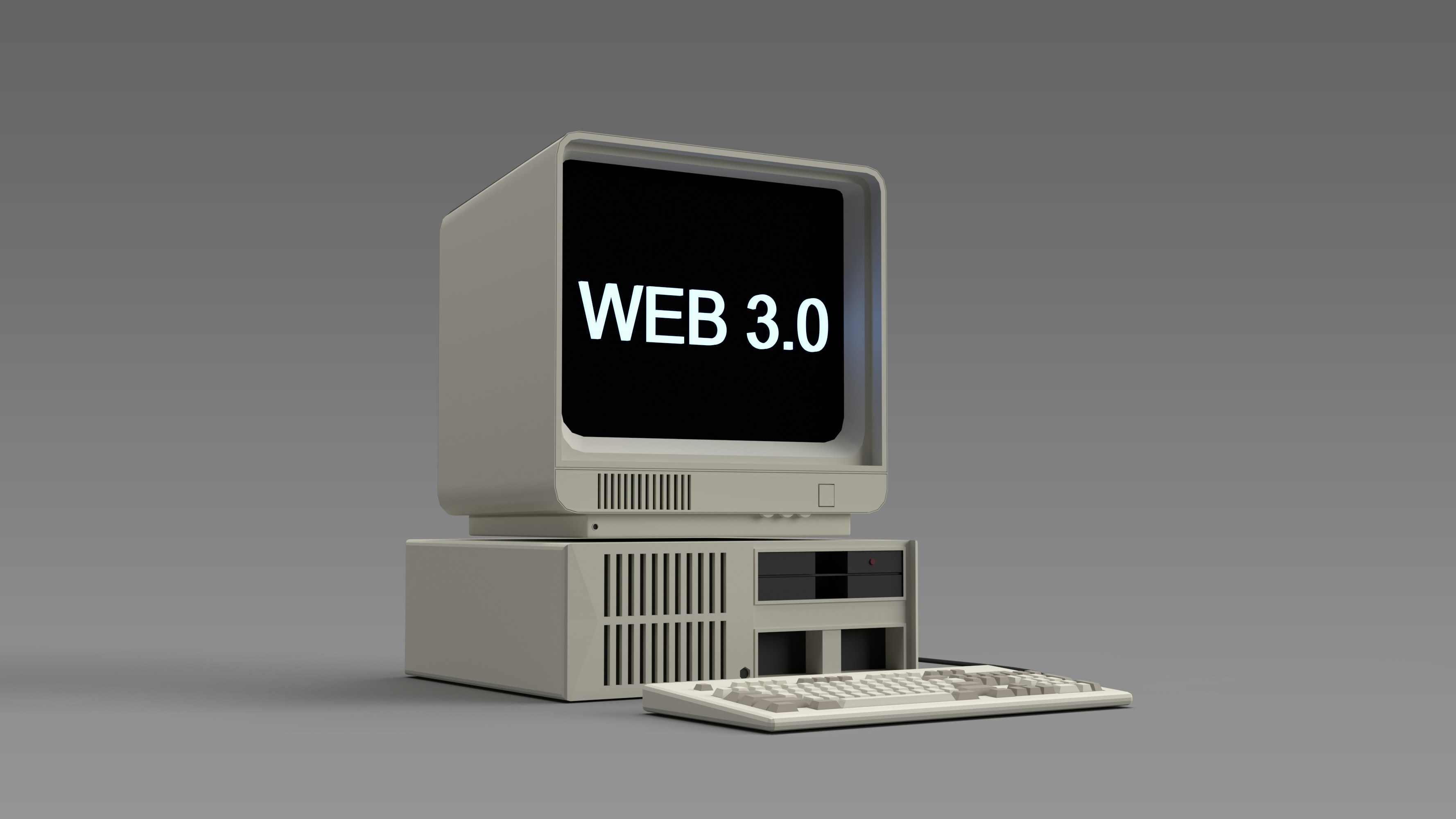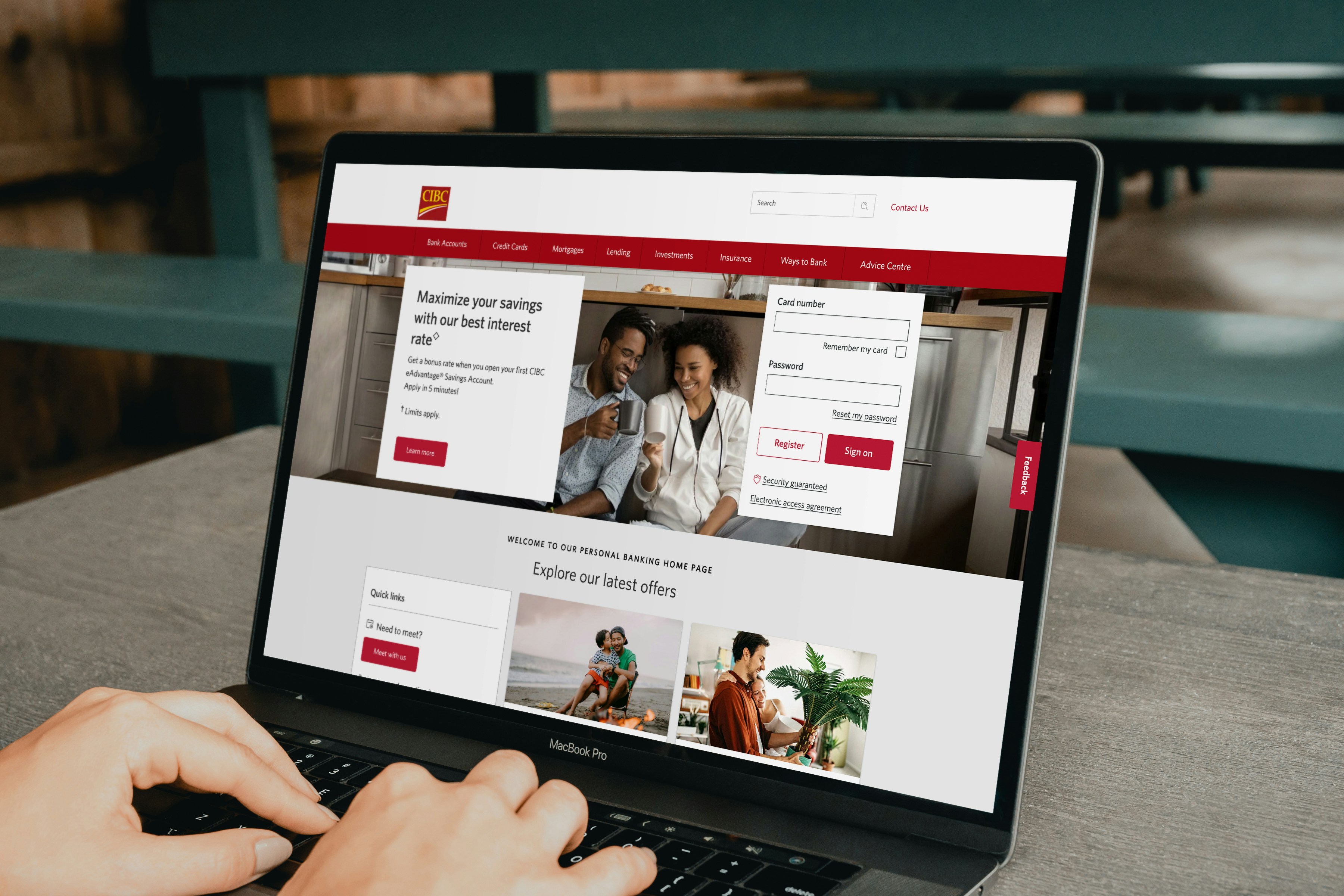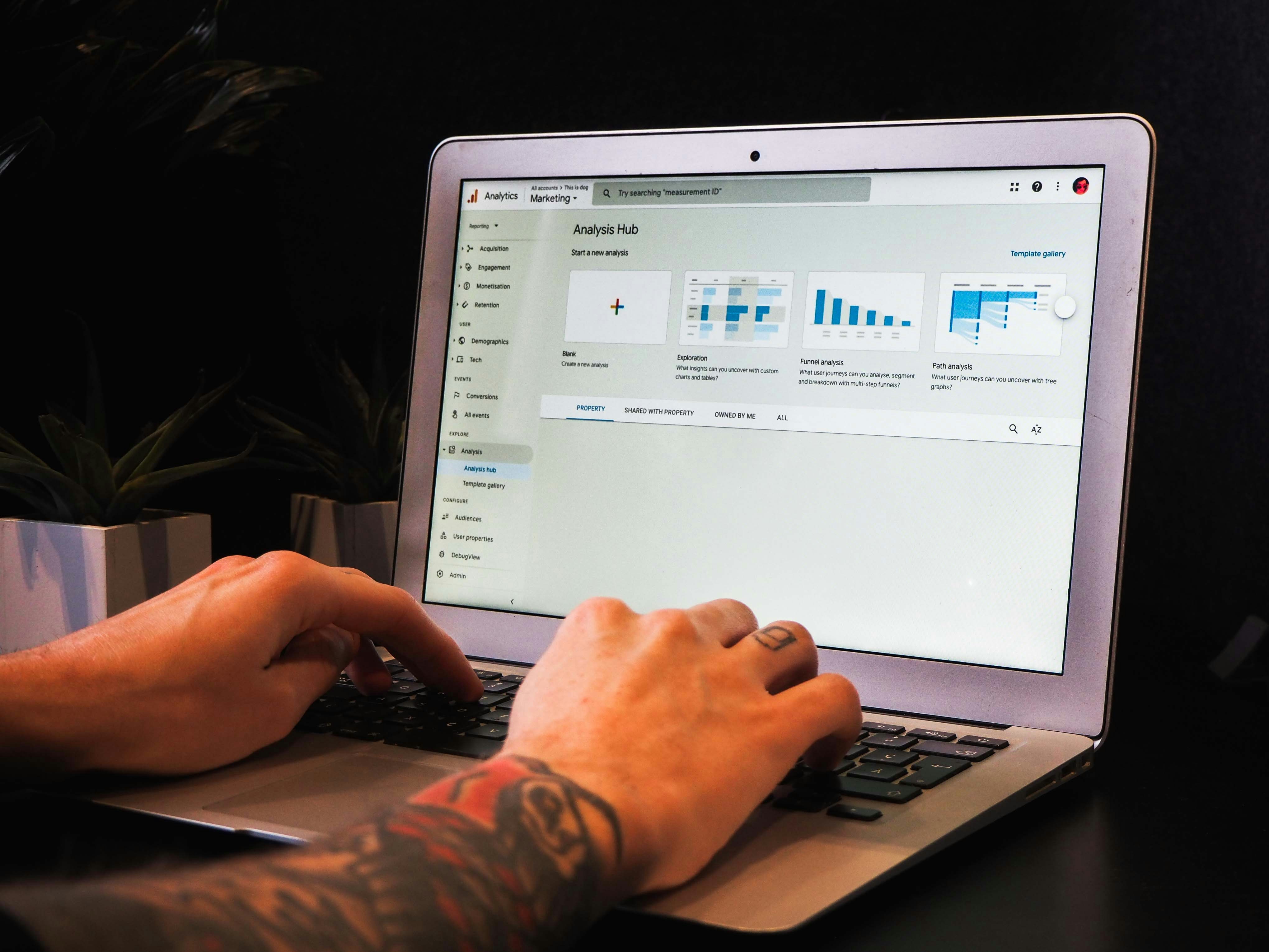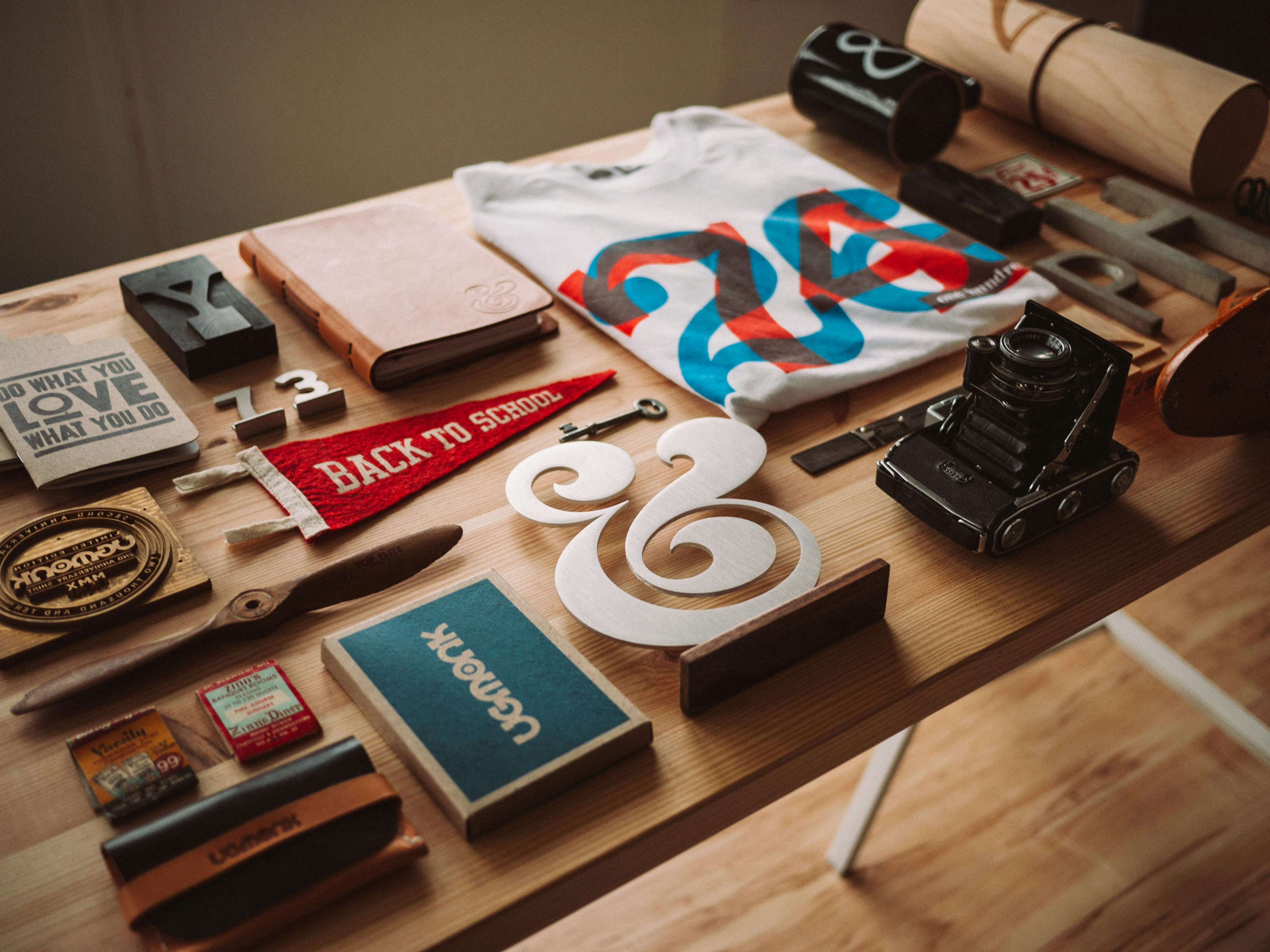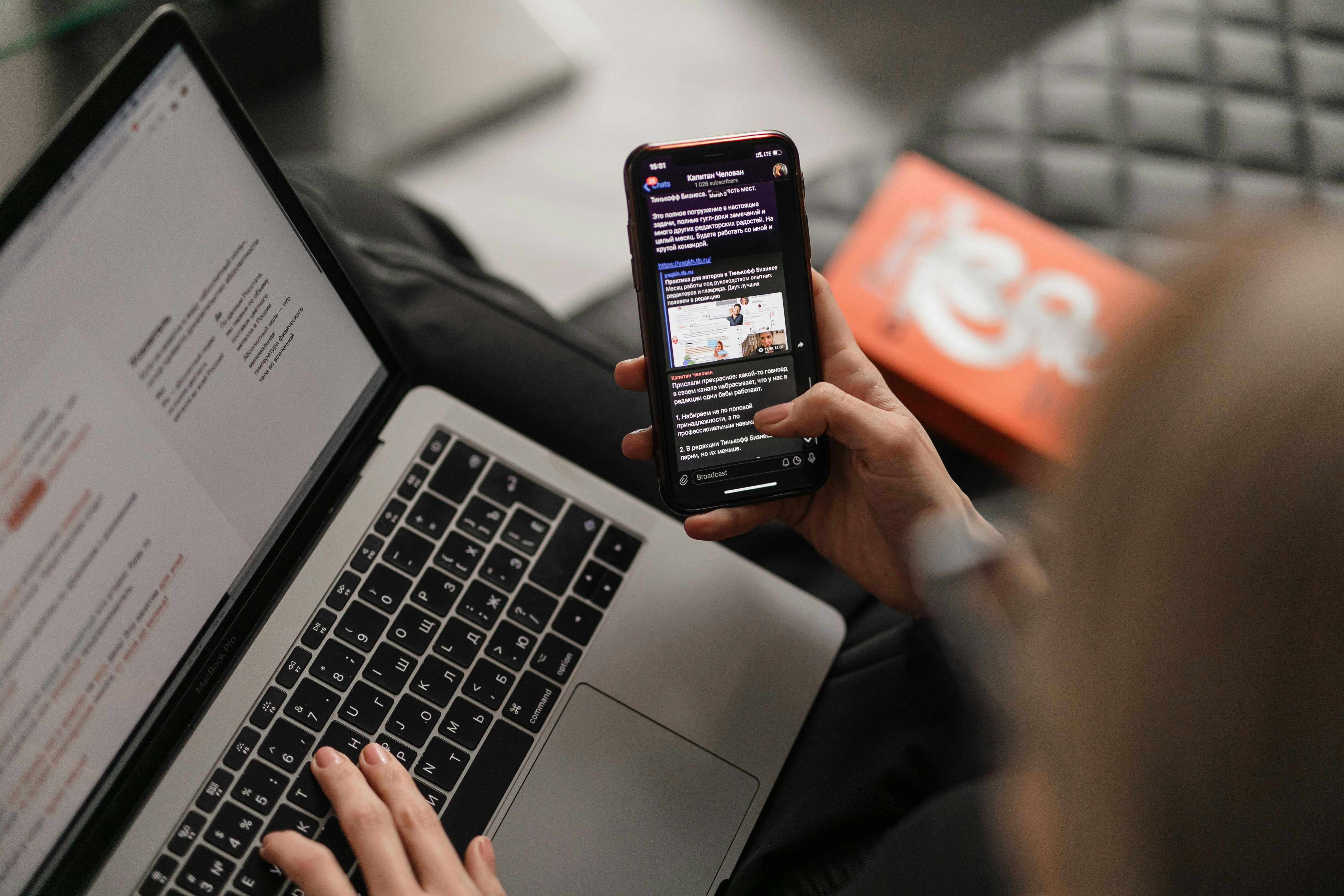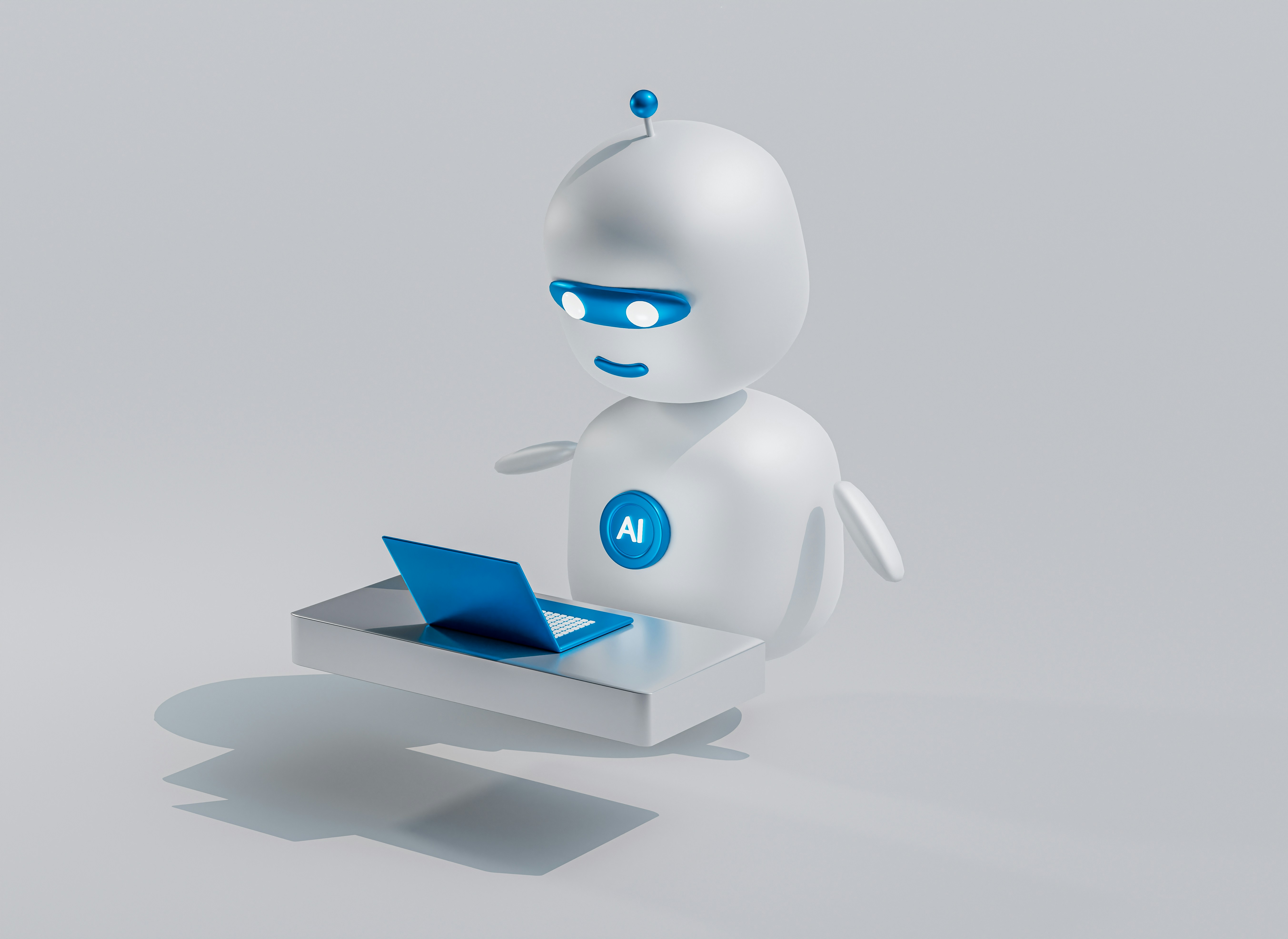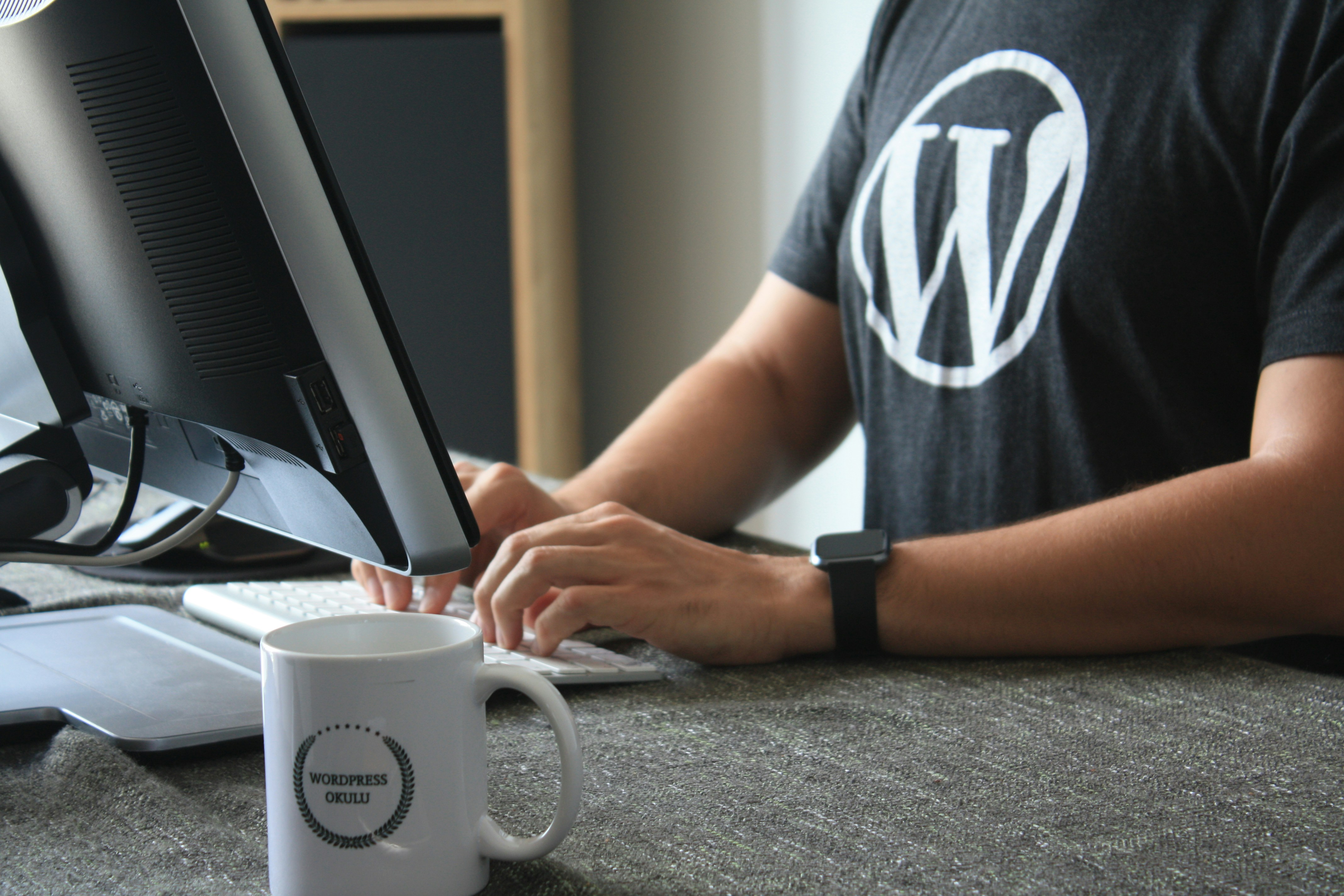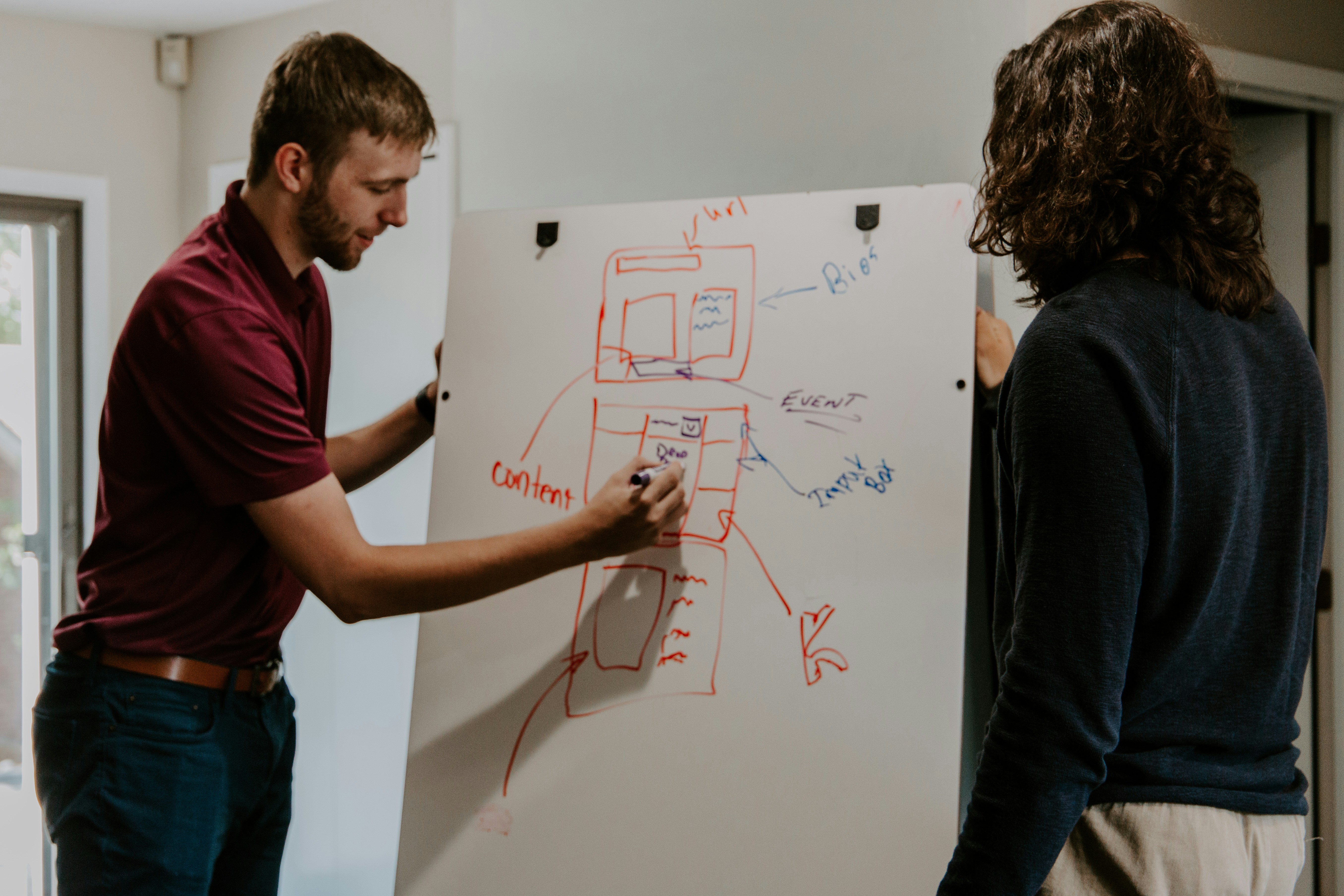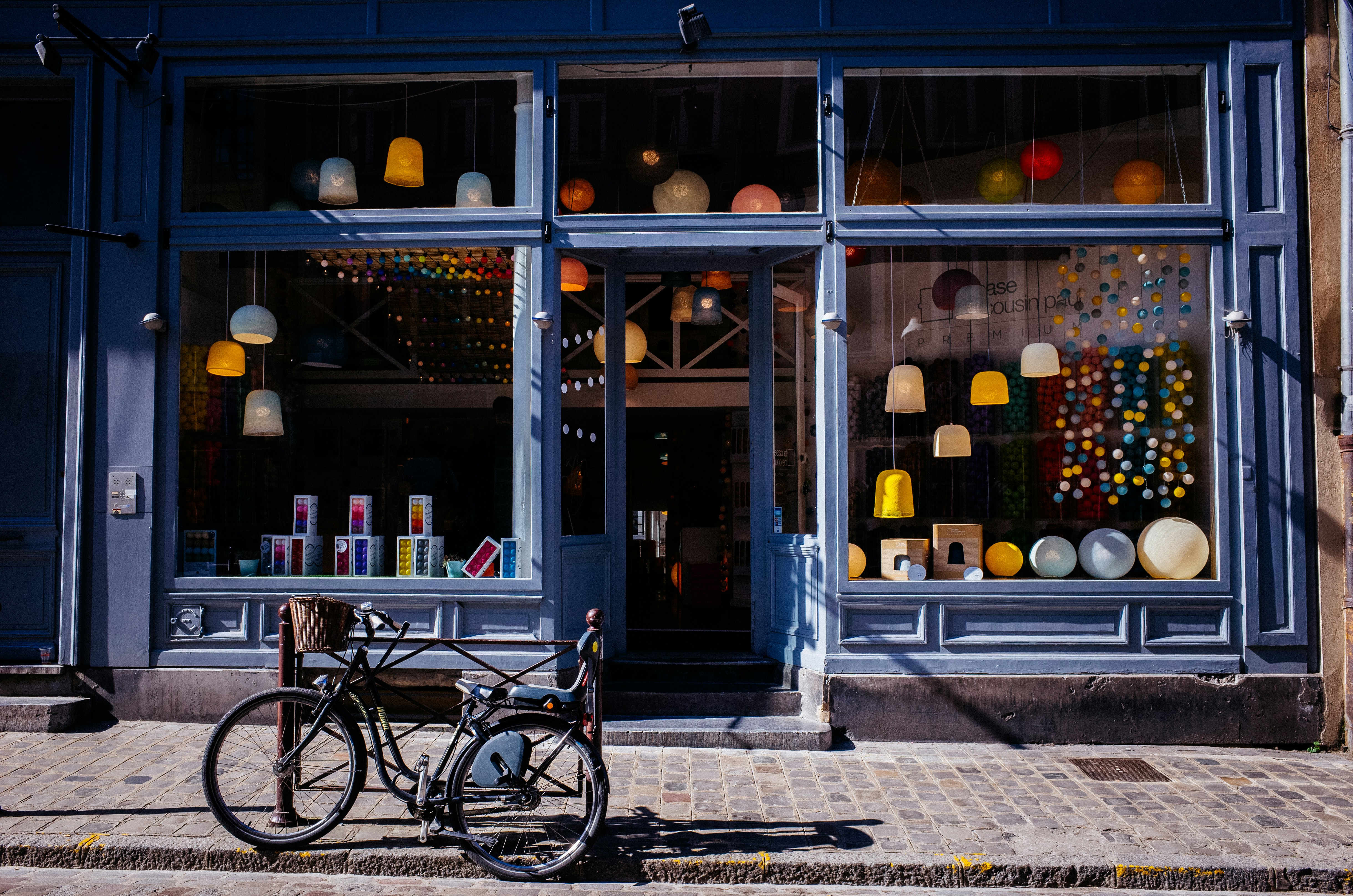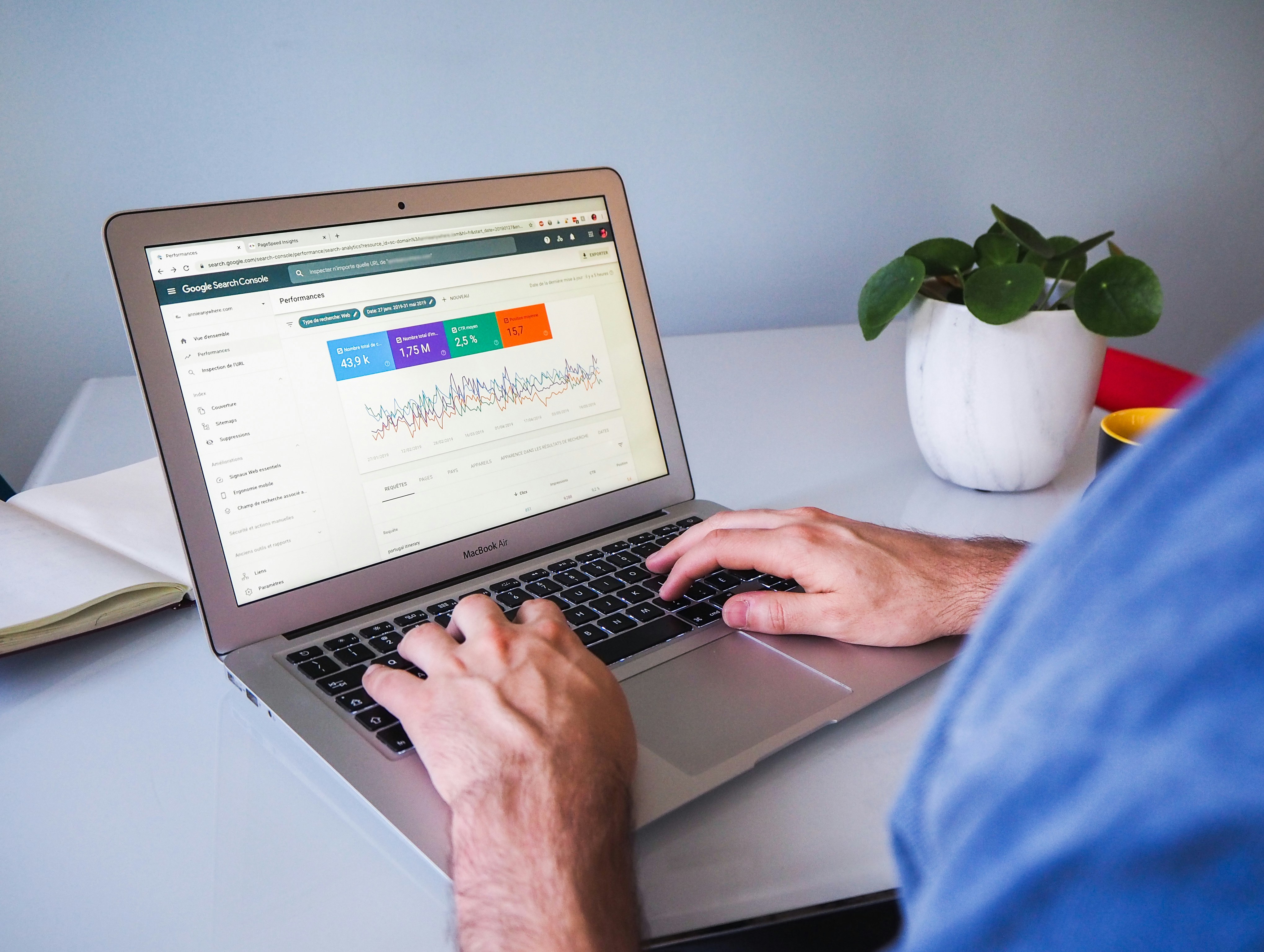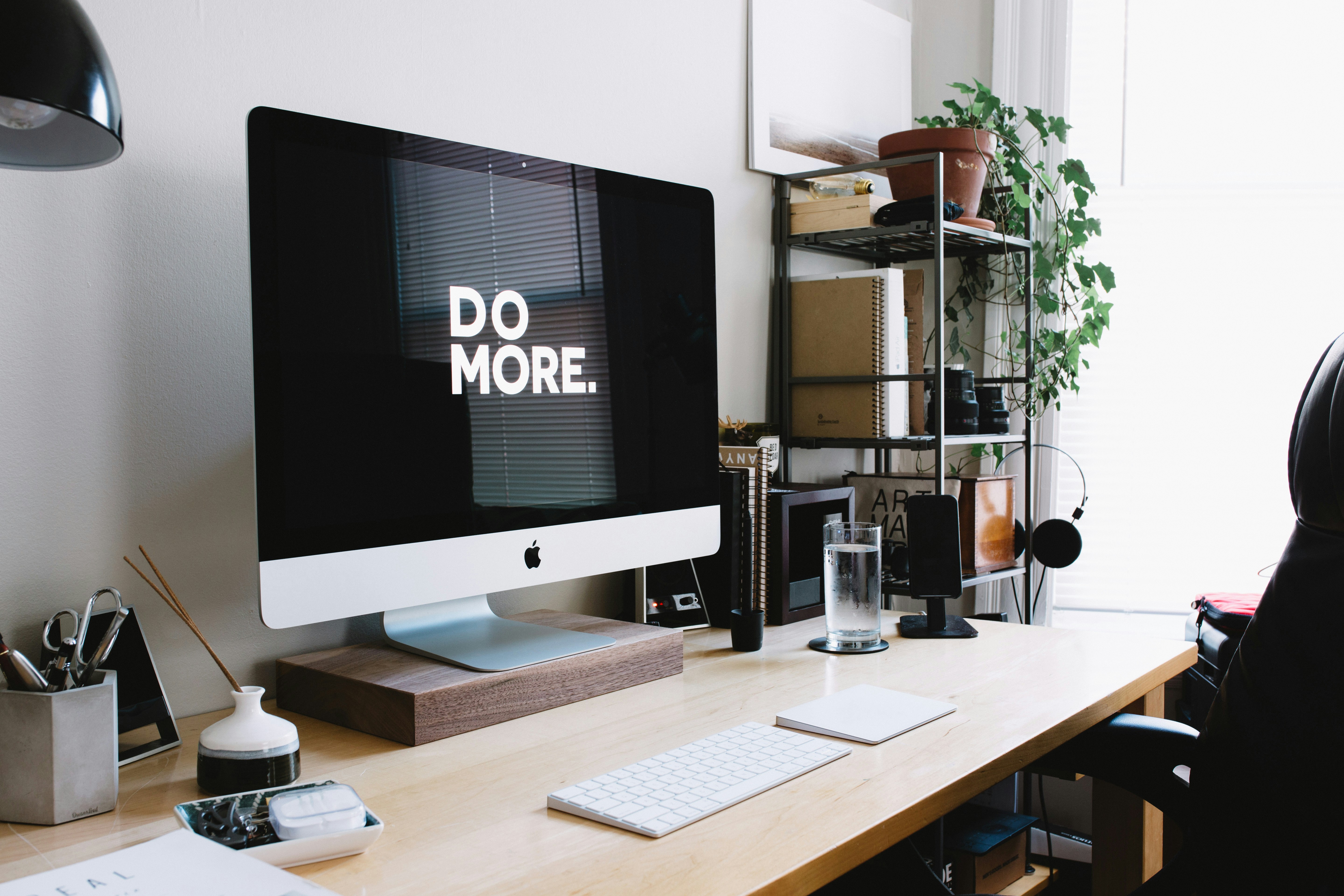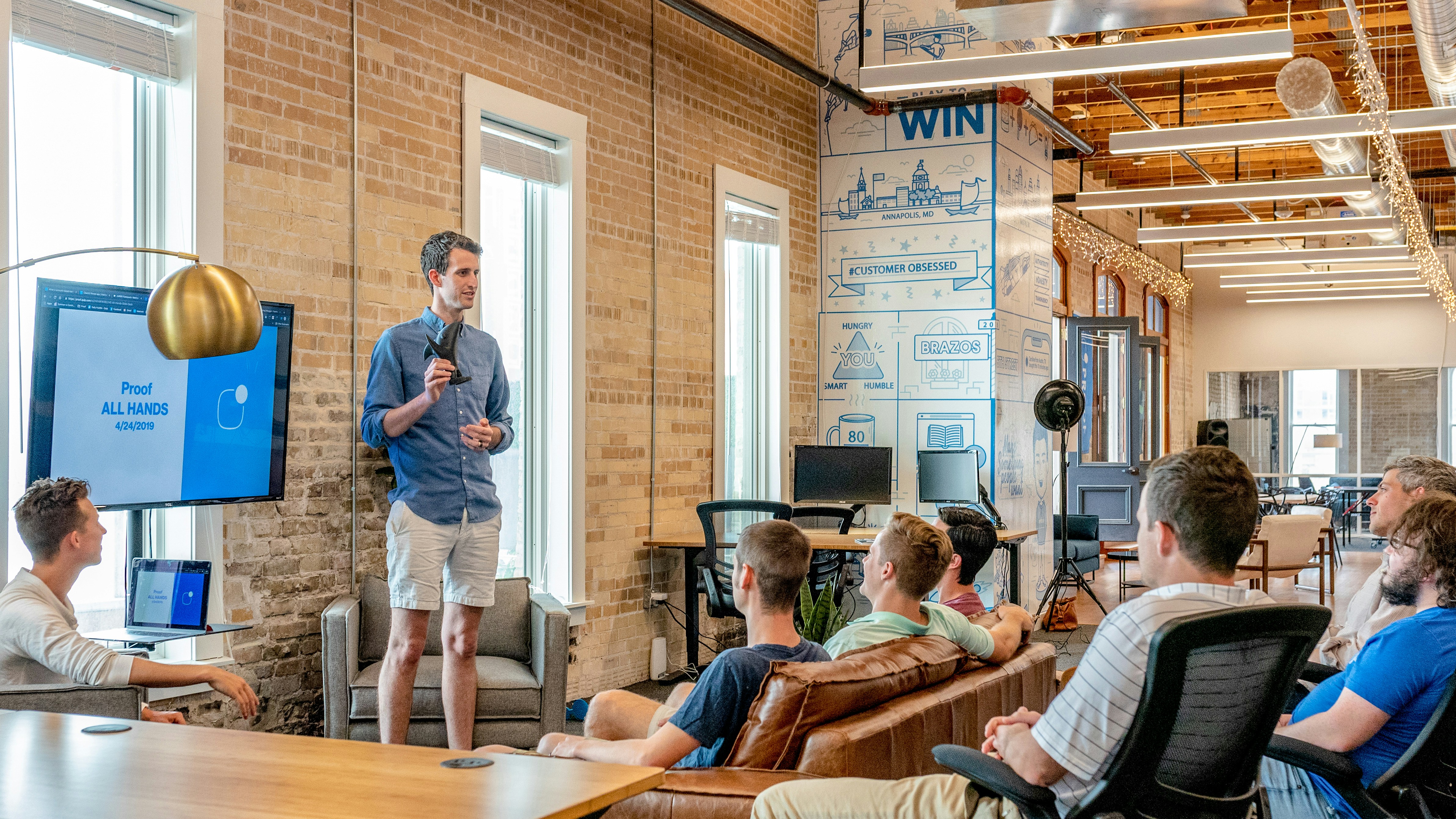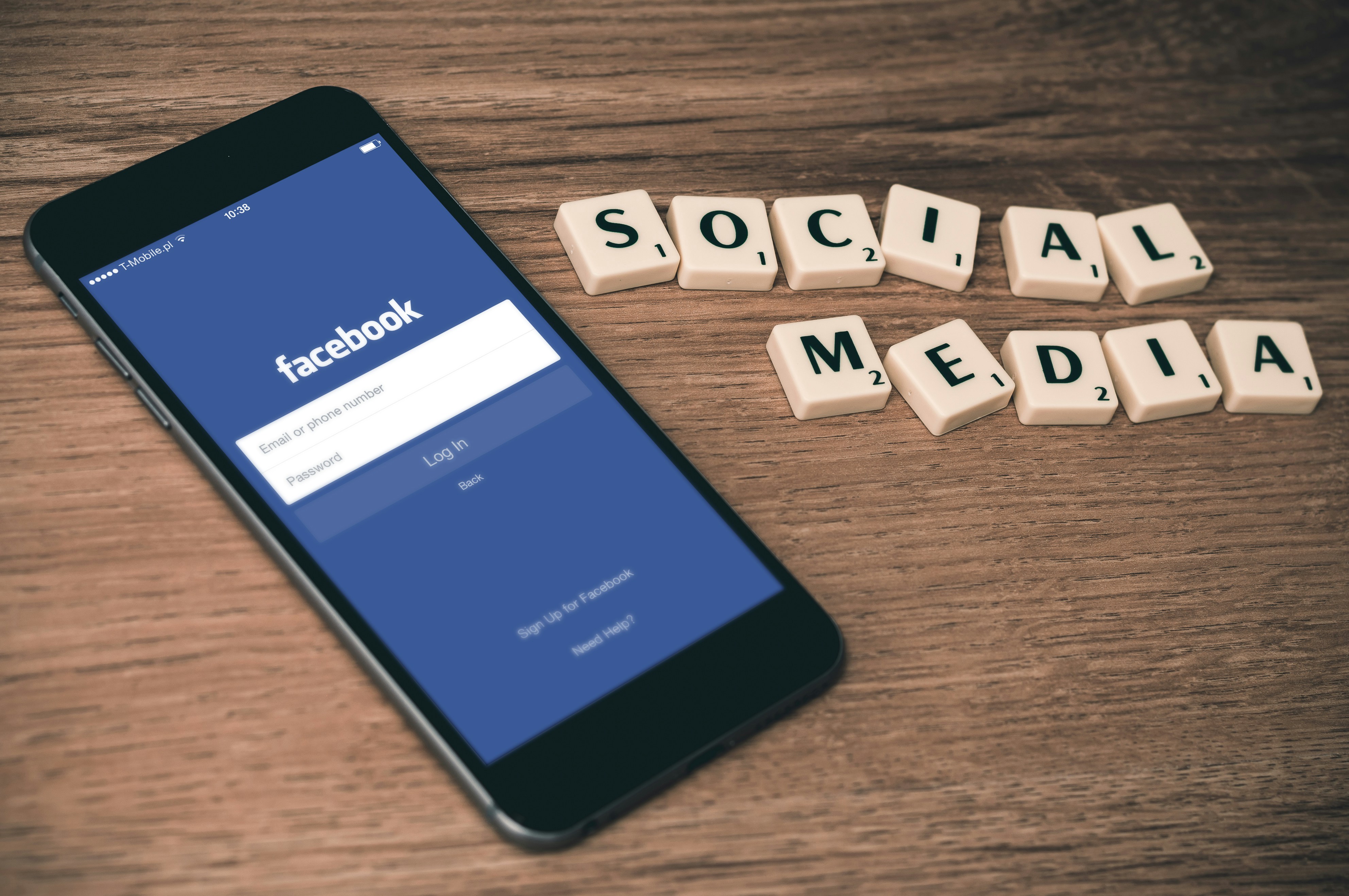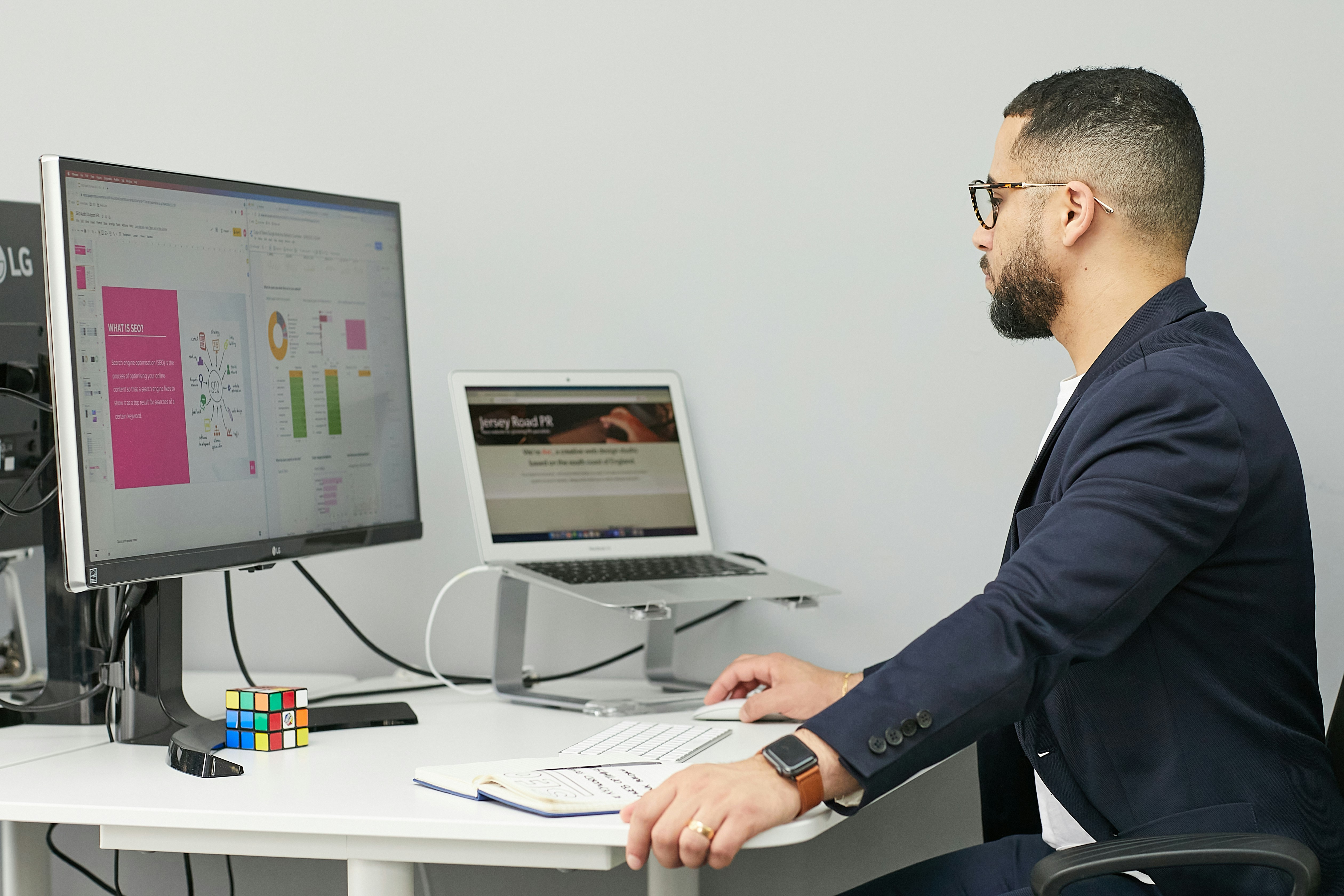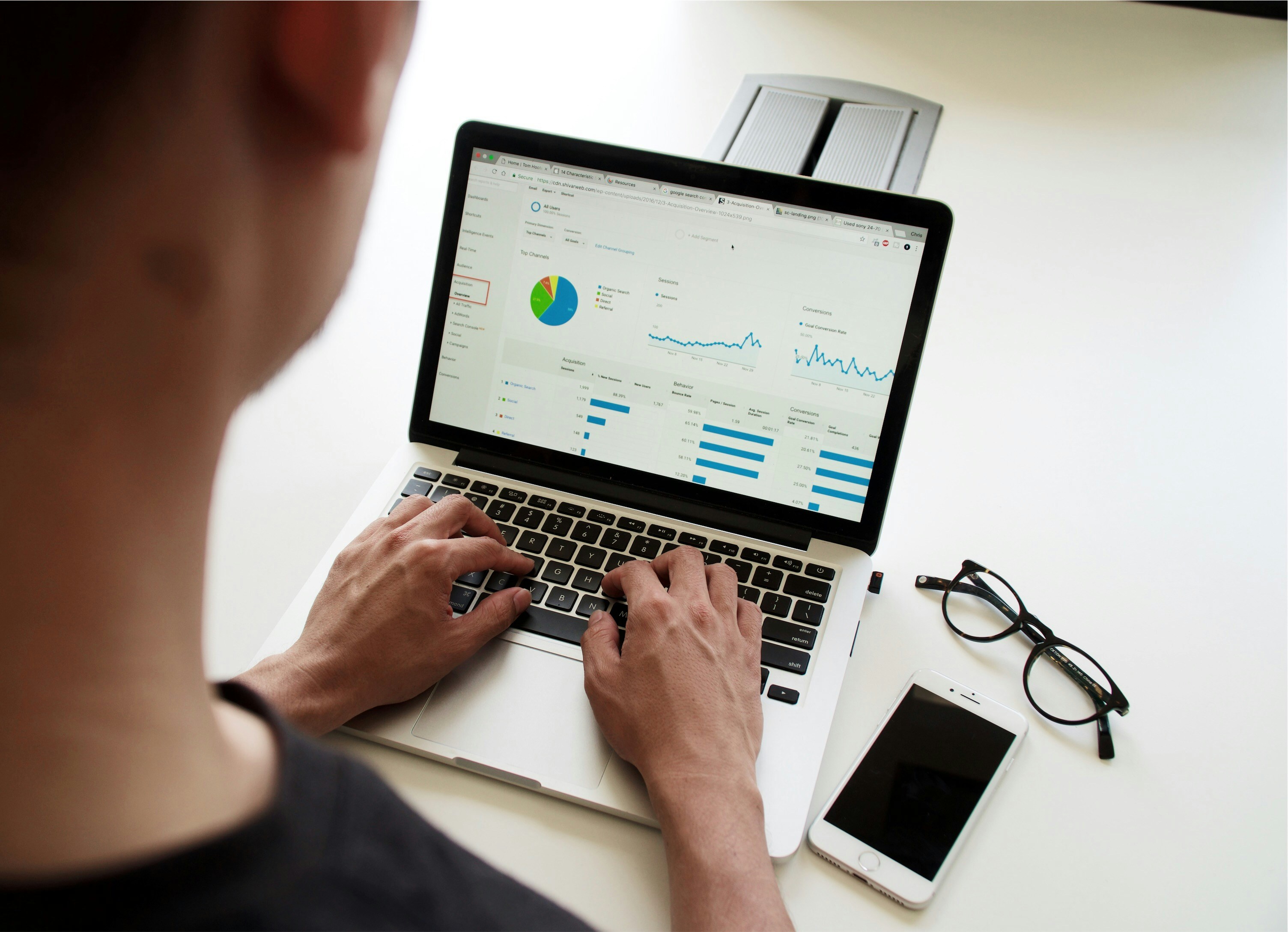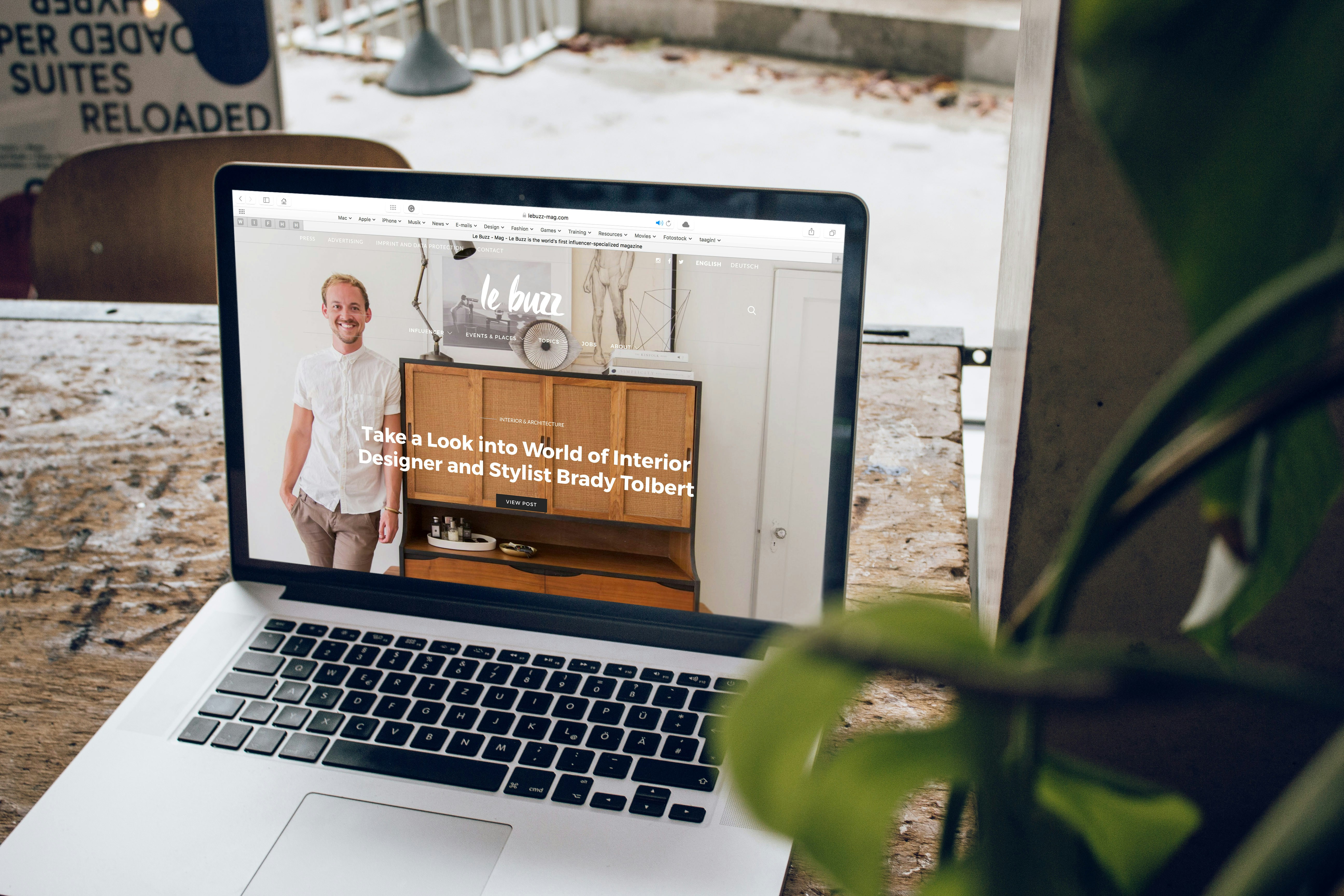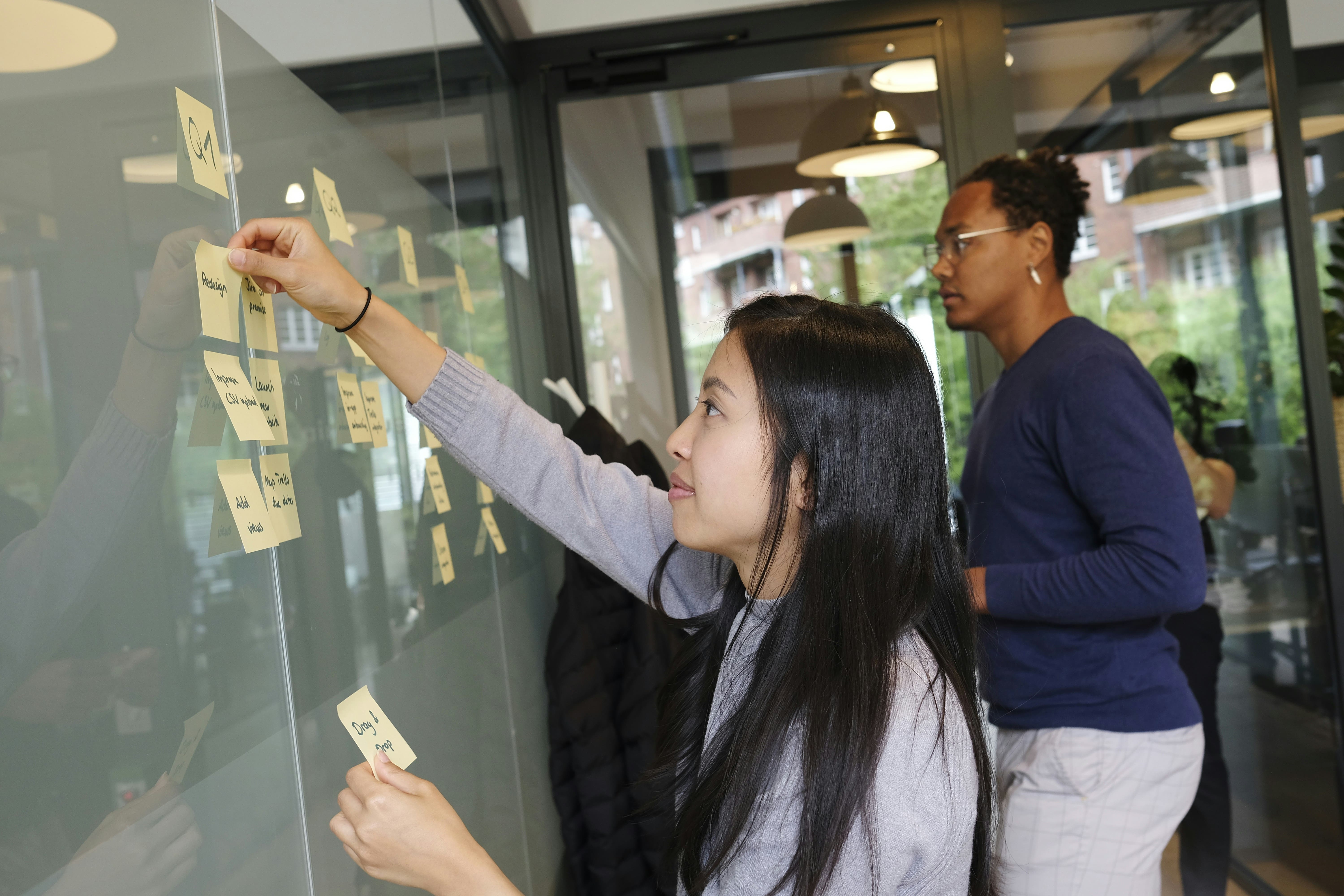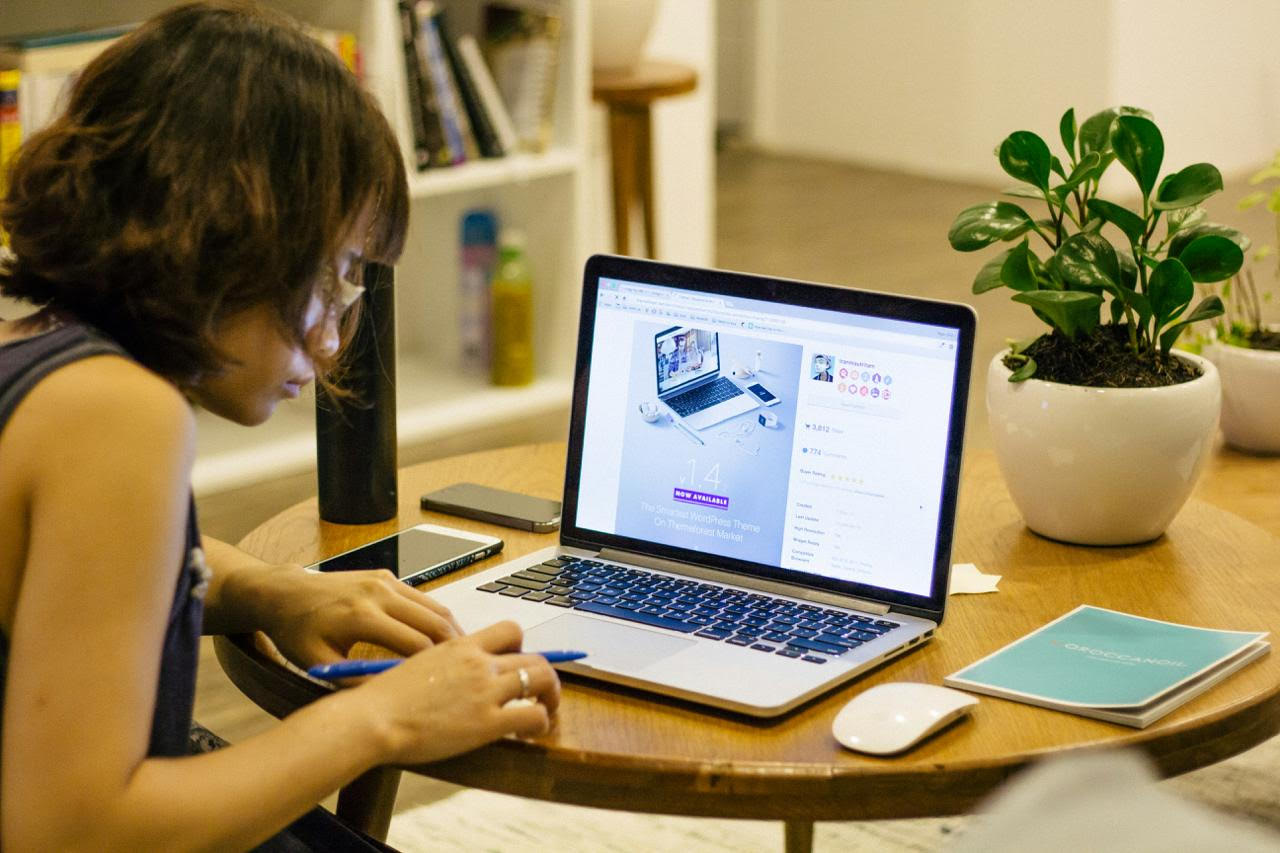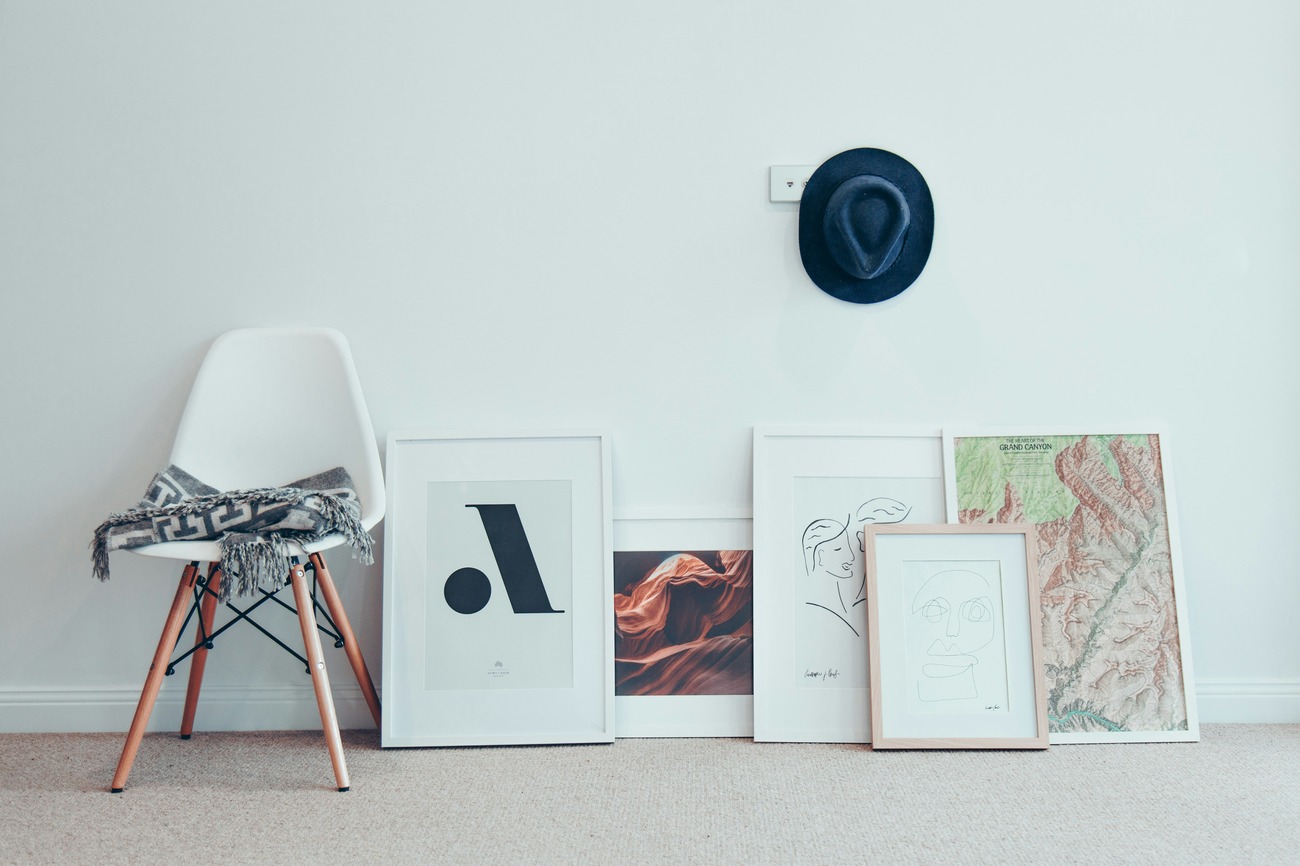3D Elements on a Website
3D elements give a website a lively and modern appearance. While traditional images tend to look flat and predictable, 3D adds surprise and immersion. It can capture attention, spark curiosity, and invite users to stay and explore longer. Especially in e-commerce and storytelling, 3D can make a huge difference: a sneaker you can rotate or an interactive visual that supports a narrative leaves a much stronger impression than a static photo.
Start Small and Experiment
You don’t need to build a futuristic 3D world to impress your visitors. Small details can already make a big impact. Think of a button with a subtle depth effect or an icon that moves slightly as you scroll. Even micro-interactions, like an image that tilts gently on hover, can make the experience more dynamic without slowing down your site. Starting small allows you to discover what works for your audience without having to redesign your entire website.
Use the Right Tools and Frameworks
Fortunately, there are many tools today that make 3D web design accessible. Three.js is a popular JavaScript library that lets you create interactive 3D scenes. WebGL is often used for more complex animations and offers great flexibility, though it requires some technical expertise. For quicker experimentation, there are also plug-ins and ready-made 3D models you can easily integrate. The key lies in balance: choose a tool that fits both your creative goals and your technical capabilities.
Keep an Eye on Speed and Performance
One of the biggest challenges of 3D on websites is performance. Large models and heavy animations can slow down a site — a real killer for user experience. Optimize your 3D files by compressing them and minimizing the number of polygons used. Implement lazy loading so elements only load when needed. Always test your website across different devices to ensure smooth performance, whether on a high-end laptop or an older smartphone.
Don’t Forget Accessibility
Not every visitor will benefit from 3D effects. Some devices don’t support them properly, and some users may have animations disabled altogether. Make sure your website remains functional and logical even without 3D. A fallback image or alternative navigation option is not a luxury — it ensures an inclusive experience and prevents you from excluding part of your audience.
Make It Functional, Not Just Beautiful
3D should always serve a purpose. A rotating product can build trust in a purchase, while an interactive visual can make a complex story easier to understand. Don’t use 3D simply as eye candy; make sure it supports your message or enhances usability. When form and function work together, 3D doesn’t feel like a gimmick — it becomes a natural and engaging part of the user experience.




